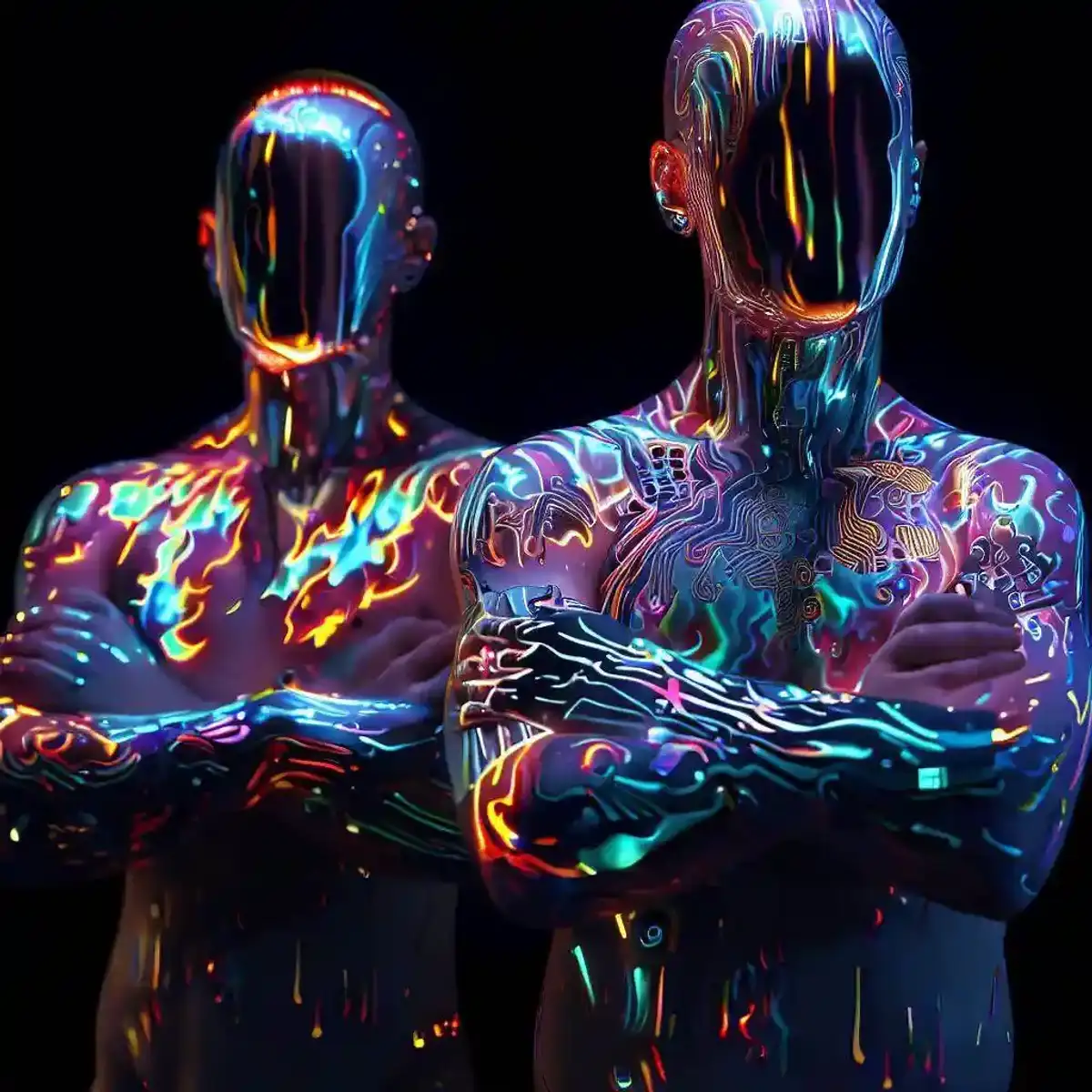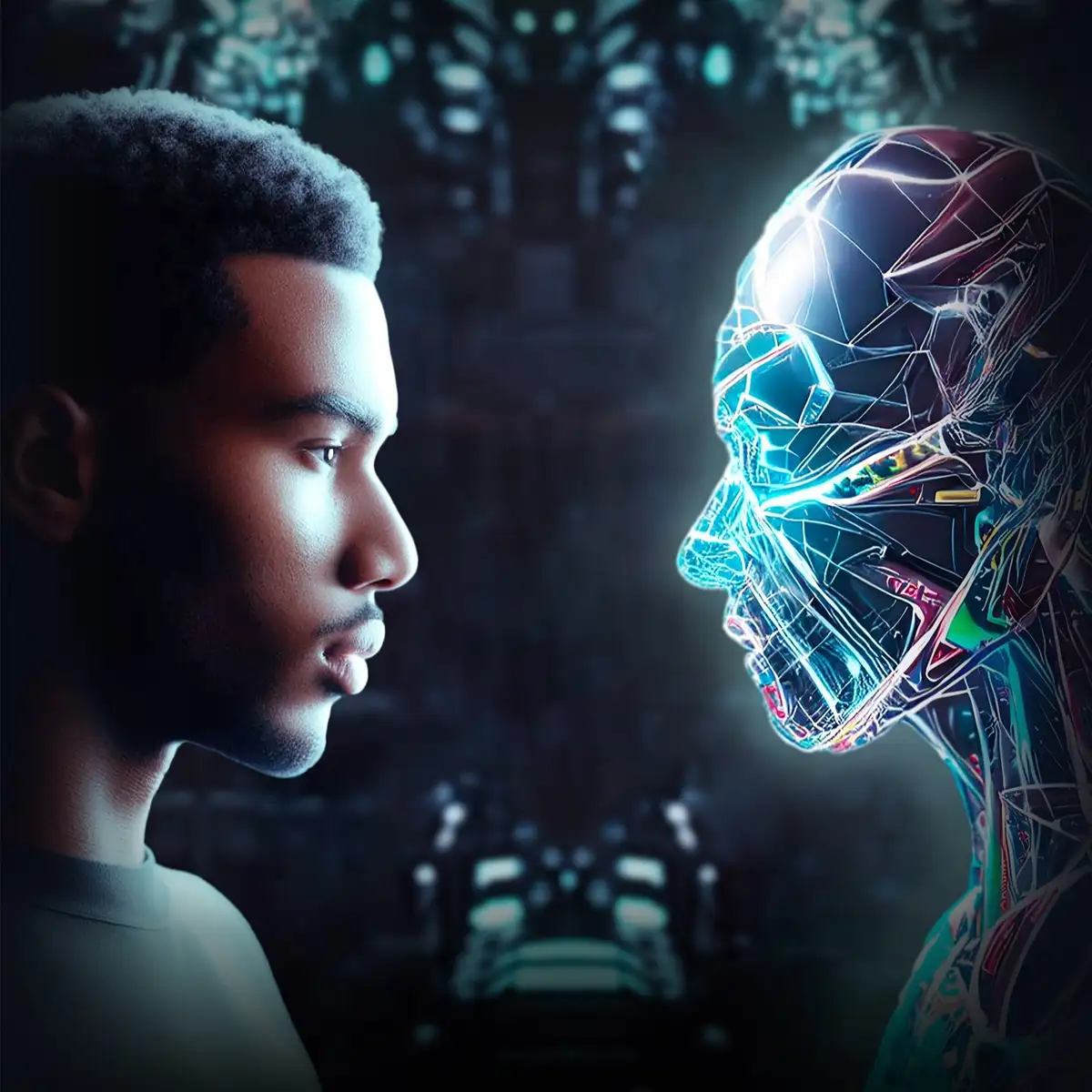You’re sitting on your porch one evening, watching your dog sniff around the garden. Suddenly, it hits you – here’s a creature that can literally smell time. They can tell who passed by hours ago, what they had for lunch, and probably their mood, all through their nose. And yet, despite sharing our homes with these amazing beings for thousands of years, we still can’t fully grasp how they experience the world.
Now imagine trying to understand aliens.
The more I dive into the real science behind our search for alien civilisations, the more I realise how mind-bendingly complex this quest really is. It’s not just about finding little green men in flying saucers – it’s about challenging everything we think we know about life itself and consciousness.
The Universe’s Greatest Hide and Seek Game
Did you know there could be up to 15,785 alien civilisations in our galaxy alone? That’s not some number I pulled out of thin air – it’s based on actual statistical models developed by researchers. Think about that for a moment. While we’re here debating whether aliens exist, there could be thousands of civilisations out there doing their own thing, maybe even wondering if we exist.
Even if they’re out there, understanding them might be harder than we can imagine. Consider this thought experiment: imagine asking a dog to design a car. But really think about it – not from our visual-centric perspective, but from their reality. Dogs experience the world primarily through scent, with a nose thousands of times more sensitive than ours. I imagine it’s unlikely their car would be designed around visual navigation – it would likely have sophisticated scent-detection systems, creating a three-dimensional “smell map” of the terrain ahead. The controls? Forget the steering wheel. With four legs and a completely distinct sense of balance, they might design a neural interface that responds to body position and tail movements. The ergonomics would be alien to us. A low-slung chassis accommodating four-legged locomotion, scent-based speedometers, and navigation systems that track temporal traces of where other animals have been. Could you even recognise it as a vehicle, let alone operate it? Now multiply that cognitive and perceptual gap by a million, and you might start to grasp the challenge of understanding truly alien intelligence and digital consciousness.
From Science Fiction to Science Fact
The line between sci-fi and reality gets blurrier every day. We’re living in an age where private companies are planning Mars colonies like they’re opening new coffee shop branches. SpaceX is working on rockets that could make interplanetary travel as common as crossing the Atlantic. NASA’s Perseverance rover is up there right now, hunting for signs of ancient Martian life while taking selfies. And let’s not forget about those mysterious exoplanets – we’ve discovered thousands of them, and some might be even weirder than anything we’ve dreamed up in science fiction.
The Cosmic Game of “What If?”
Here’s another fun thought experiment: what if aliens are already here, but we’re looking for the wrong signs? We expect them to build radio telescopes and send signals into space because that’s what we do. But what if they communicate through gravitational waves? Or quantum entanglement? Or interpretive dance? As we push the boundaries of human augmentation and enhancement, we might need to expand our definition of what intelligence looks like.
Why We Can’t Stop Looking Up
There’s something deeply human about our obsession with finding alien life. Maybe it’s because we’re tired of being the only ones at our cosmic party. Or perhaps it’s because finding others out there would help us understand our own place in the universe. Whatever the reason, this search has driven some of humanity’s greatest achievements in space exploration and technology.
The Reality Check (But Don’t Stop Dreaming)
While we’re making incredible advances in space technology and our understanding of the cosmos expands daily, we need to acknowledge that finding and communicating with alien civilisations isn’t going to be as simple as sending them a friend request on Space Facebook. The challenges of interstellar travel alone are mind-boggling – even getting to our nearest stellar neighbour would take years with current technology.
However, every scientific breakthrough in history started with someone asking “what if?” Every advance in space exploration began with someone looking up at the stars and wondering. That’s what science fiction does – it gives us permission to dream big, to imagine possibilities beyond our current limitations.
Your Turn to Wonder
What do you think alien life might look like? How would you design a spacecraft for a species that experiences time differently than we do? Share this post with your thoughts – I’d love to hear your wildest theories and ideas. And if you’re intrigued by these concepts, you might enjoy exploring similar themes in my hard sci-fi novel ‘The Birth of Cogenant’. Like the cosmic questions we’ve discussed here, it challenges our assumptions about intelligence, consciousness, and our place in the universe.
Remember, somewhere out there, an alien might be writing a blog post wondering if we exist. I imagine it is as curious about us as we are about it.
For an immersive exploration of future technology and its impact on humanity, check out “The Birth of Cogenant,” available now at major online bookstores.


